

Comprehensive Guide to Chinese Cymbidium Orchids Plant Material
Introduction
Chinese Cymbidium orchids are favorites among plant lovers. Their stunning blooms and unique leaf shapes set them apart. Understanding their plant material is crucial for successful growth. This article aims to guide you through everything you need to know about Chinese Cymbidium orchids’ plant material.
Speaking of plant material, if you’re looking to elevate your orchid game, check out the Chinese Cymbidium Orchid Plant. These beauties can make your indoor garden look like a tropical paradise!
Summary and Overview
Chinese Cymbidium orchids boast a variety of species, each with distinct traits. These orchids are known for their long-lasting flowers and lush green foliage. However, growing them comes with challenges. Issues like improper potting mixes and unsuitable growing conditions can hinder their growth.
Choosing the right plant material is essential for thriving Cymbidiums. This guide will cover essential topics, including potting mixes, ideal light and temperature conditions, watering practices, and fertilization techniques. By the end, you will be equipped with the knowledge needed to nurture these beautiful orchids successfully.
And let’s not forget about the importance of a good potting mix. If you’re unsure where to start, grab a bag of Orchid Potting Mix to ensure your orchids have the best chance at thriving.
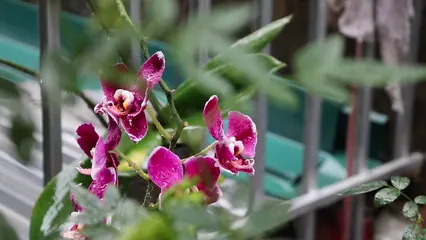
Understanding Chinese Cymbidium Orchids
Overview of Cymbidium Species
Cymbidium orchids encompass several key species, each with unique features. The most notable ones include Cym. ensifolium, Cym. sinense, and Cym. kanran.
Cymbidium ensifolium is a smaller species with thick, leathery leaves. It typically blooms in summer and can produce flowers multiple times during the season.
Cymbidium sinense is slightly larger, displaying dark green leaves that flower in winter. This species is known for its variegated forms, which often have striking gold lines along the leaves.
Cymbidium kanran, another popular choice, is appreciated for its fragrant blooms and robust growth. It blooms in spring, offering a vibrant display of colors.
These species are highly sought after by collectors, contributing to their popularity in the orchid community. Understanding the characteristics of each species is vital for successful cultivation.

Importance of Plant Material
Quality plant material is vital for success with Chinese Cymbidium orchids. It directly influences growth, health, and flowering potential. Healthy plants thrive when they have the right foundation. Using quality potting mix and optimal growing conditions leads to lush foliage and vibrant blooms.
The right potting mix promotes healthy root development. A well-draining mix prevents waterlogging, reducing the risk of rot. This is crucial for orchid care. Proper growing conditions, including humidity and temperature, also matter. They contribute to flowering conditions, enabling your orchids to reach their full potential.
To keep your plants hydrated without overdoing it, consider investing in an Orchid Watering Can. It’s designed to deliver just the right amount of moisture to your precious plants!

To learn more about the ideal plant material and potting mix for your orchids, check out this comprehensive guide on Chinese Cymbidium orchids.
Potting Mix for Chinese Cymbidium Orchids
Ideal Potting Mix Components
Choosing the right potting mix is essential for your Cymbidium orchids. A mix of materials works best. Common options include:
- Bark: Provides excellent drainage and aeration.
- Kanuma: Offers moisture retention and a slightly acidic pH.
- Sphagnum moss: Helps retain moisture while allowing air circulation.
For Cym. ensifolium, use a mix of 50% small bark and 50% kanuma. This combination supports healthy growth. For Cym. sinense, a similar mix with a bit more sphagnum can enhance moisture retention. Lastly, Cym. kanran thrives in a blend that balances moisture and drainage.
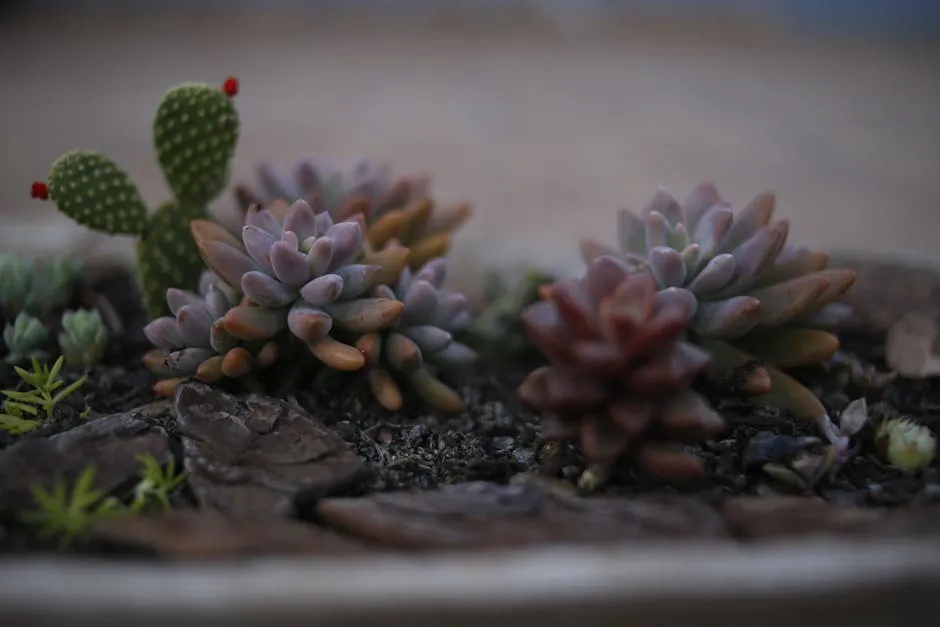
If you’re looking to boost your orchid’s health, consider using Orchid Fertilizer 15-15-30. This balanced formula is perfect for supporting your plants through their growing stages!
Repotting Guidelines
Repotting is crucial for maintaining your Chinese Cymbidium orchids. Generally, repot every two years, or when the potting medium breaks down. Signs that indicate the need for repotting include:
- Roots growing out of the pot.
- The potting mix appearing compacted or degraded.
To repot, do it in spring after flowering. Carefully remove the plant from its pot. Gently shake off old mix and inspect the roots. Trim any damaged or dead roots to promote healthy growth.
When repotting, maintain root health by spreading roots over a cone of fresh mix. Position the active growing bulb slightly above the surface. After repotting, water sparingly to prevent over-saturation. This cautious approach allows your plant to adjust and thrive.

Light and Temperature Requirements
Light Conditions
Light plays a crucial role in your Cymbidium orchids’ health. During summer, provide about 90-95% shade. This keeps the plants cool while ensuring they receive enough light. In winter, reduce shade to around 90% to promote growth.
Indirect light is best for these orchids. Direct sunlight can scorch the leaves, leading to stress and poor growth. Keep an eye on leaf color; dark green leaves indicate healthy light levels.

Temperature Preferences
Temperature impacts your Chinese Cymbidium orchids significantly. Ideal daytime temperatures range from 65°F to 75°F. At night, aim for cooler temperatures, about 50°F to 60°F. This temperature fluctuation helps trigger blooming.
During winter, maintain temperatures between 45°F and 55°F at night. This cooler environment mimics their natural habitat. Too much heat can inhibit flowering. Always monitor seasonal changes, adjusting care practices accordingly for optimal growth.

Watering Practices
Watering Frequency
Getting your watering schedule right is crucial for Cymbidium orchids. These plants thrive on consistent moisture but dislike being soggy. A good rule of thumb is to water every 3-4 days. However, this can vary based on your environment.
To determine when to water, stick your finger into the potting mix up to the second knuckle. If it feels dry, it’s time to water. In hotter or drier conditions, you might need to water more frequently. Remember, humidity plays a significant role in watering needs.
In high humidity, the potting medium retains moisture longer. Conversely, in a drier environment, check your plants daily. Keeping humidity levels around 40-60% helps maintain healthy moisture without causing rot.

Signs of Underwatering and Overwatering
Understanding your plant’s stress signals is key. Underwatered Cymbidium orchids show signs like droopy leaves or shriveled pseudobulbs. If you notice these, give them a good drink.
On the flip side, overwatering can lead to yellowing leaves and mushy roots. If your plant seems unhealthy, check the roots. If they’re black or soft, it’s time to take action.
To maintain proper moisture, use well-draining potting mixes. Consider adding materials like bark or perlite. This allows excess water to escape while retaining enough moisture for the roots. Adjust your watering frequency based on the season and your orchid’s needs.
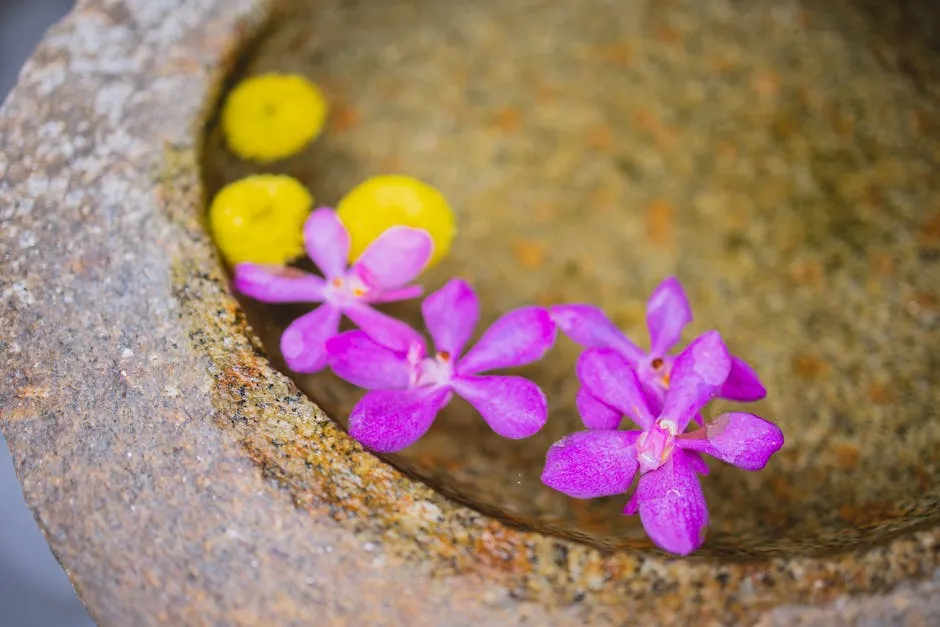
And to keep track of your plants’ hydration levels, a Soil Moisture Meter is a fantastic tool! It takes the guesswork out of watering.
Fertilization Techniques
Recommended Fertilizers
Feeding your Chinese Cymbidium orchids is essential for their growth and blooming. A balanced fertilizer, such as 15-15-30, works well. Apply it every 3-4 weeks during the growing season.
In spring and summer, increase phosphorus to encourage blooming. You can use slow-release fertilizers for consistent feeding. Just be cautious with liquid fertilizers; they can lead to salt build-up if used too frequently.
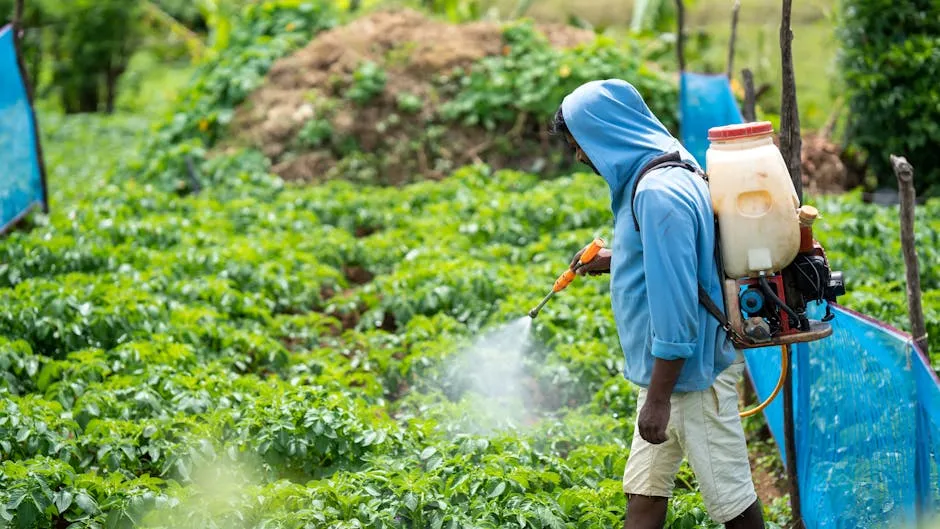
For ease of application, consider Orchid Fertilizer Spikes. They make feeding your orchids a breeze!
Nutrient Needs
Understanding your orchid’s nutrient needs at different growth stages is vital. During active growth, focus on nitrogen for lush foliage. As buds form, shift towards higher phosphorus for better blooms.
Regularly check your plants for signs of nutrient deficiencies. Yellowing leaves or poor growth may indicate a need for fertilization adjustments. Remember, healthy plants are more resilient to pests and diseases. Fertilization directly impacts flowering and overall plant health, so keep your orchids well-fed!

Propagation Techniques
Division and Offsets
Propagating Chinese Cymbidium orchids is an exciting task! One of the most effective methods is division. Start by removing the plant from its pot. Gently shake off the old potting medium. Look for natural divisions in the root system. Ideally, each division should have at least two or three pseudobulbs with healthy roots.
Use a sharp, sterilized knife to cut through the rhizome. Make sure to avoid damaging the roots as you separate the sections. After dividing, let the cuts dry for a few hours. This helps prevent rot when you replant them.
Offsets, or baby plants, can also be propagated. When you spot these, carefully detach them from the parent plant. Ensure they have some roots attached for better survival. Plant them in a suitable potting mix and water lightly until they establish.
Seed propagation is another option, though it’s more complex. It requires specific conditions to germinate. Using a sterile medium and maintaining humidity levels is crucial. Many growers prefer division and offsets due to their simplicity and reliability.
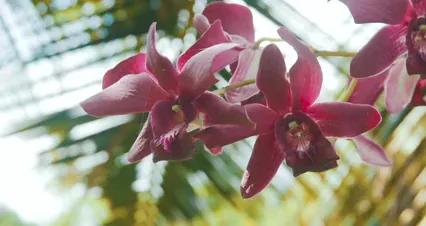
Timing and Care
Timing is essential for successful propagation. The best time to divide your Chinese Cymbidium orchids is in spring, right after blooming. This timing allows the plant to recover and establish itself before the growing season begins.
Once you’ve propagated, give your new plants extra care. Keep them in a shaded area initially, providing indirect light. This reduces stress and encourages healthy growth. Water them lightly, ensuring the potting mix stays slightly moist but not soggy.
Watch for signs of growth, such as new leaves or roots. This indicates your new plants are settling in well.
However, avoid common mistakes. Don’t overwater your newly divided plants, as they are more susceptible to root rot. Also, avoid fertilizing until you see new growth, as young roots need time to adjust. Taking these steps ensures your propagation efforts yield healthy, thriving plants.

Conclusion
In conclusion, understanding propagation techniques is crucial for growing Chinese Cymbidium orchids. Division and offsets are effective methods that can lead to beautiful new plants. Timing and proper care are essential for success. By following these guidelines, you can enjoy the rewards of successful propagation. Don’t hesitate to experiment with your own orchids; you may discover new favorites along the way!
FAQs
What is the best potting mix for Chinese Cymbidium orchids?
The ideal potting mix combines bark, kanuma, and sphagnum moss. Bark provides excellent drainage. Kanuma retains moisture while maintaining a slightly acidic pH. Sphagnum moss offers additional moisture retention. When selecting a potting mix, ensure it supports healthy root development. Using a quality mix leads to vibrant blooms and lush foliage.
How often should I water my Chinese Cymbidium orchids?
Watering frequency depends on your environment. Generally, you should water every 3-4 days. In drier climates, you may need to water every 2 days. Always check the potting mix moisture level. Stick your finger into the mix; if it feels dry, it’s time to water. Proper orchid hydration is crucial for keeping your plants healthy.
Can Chinese Cymbidium orchids be grown indoors?
Yes, these orchids can thrive indoors! Ensure they receive bright, indirect light. Place them near a window with filtered sunlight. Additionally, maintain humidity levels between 40-60%. Indoor growing can be successful with proper care and attention to their needs. Monitor your plants for signs of stress and adjust conditions as necessary.
What are common pests affecting Chinese Cymbidium orchids?
Orchid pests can include aphids, mealybugs, and spider mites. These pests can harm your plant health if left untreated. Regularly inspect your orchids for signs of infestation. Neem oil or insecticidal soap can effectively manage these pests. Staying proactive will help keep your plants healthy and thriving.
How can I encourage blooming in my Chinese Cymbidium orchids?
To encourage blooming, provide proper light and temperature conditions. Ensure your orchids experience a temperature drop at night. This helps trigger flowering. Additionally, use a balanced fertilizer during the growing season. Adequate care and attention to blooming conditions will lead to beautiful flowers.
Please let us know what you think about our content by leaving a comment down below!
Thank you for reading till here 🙂
All images from Pexels



